I am designing a PCB with ESP32 module. It has a Top paste mask layer (Gray color region). When I rute or perform DRC, this region is not considered as a conductor. I am worried if it will make a short circuit. I am not sure if Top Paste mask is a conductive material or not. If it is conductive material, the pads 23, 24, 25 and GND of the following pic are short-circuited with the track below it. In that case DRC test results are wrong. Am I right?
Update:
All the available layers are given below. Note that Top paste mask layer is different from Top Solder mask layer.

